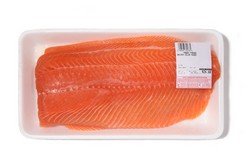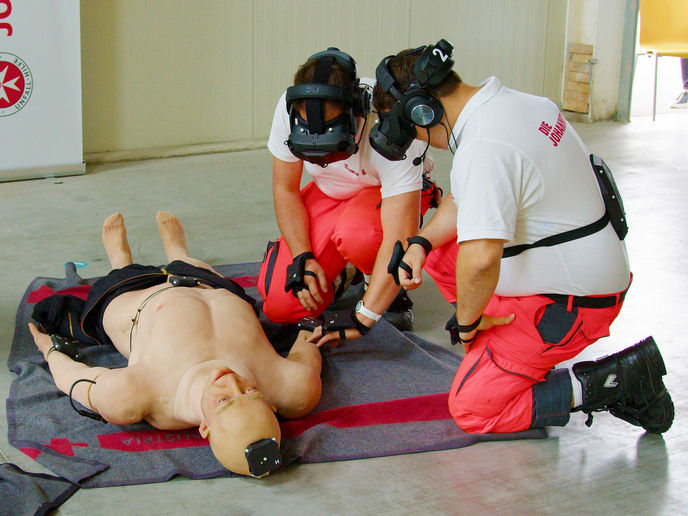New ideas for smarter food packaging
Ever wondered about the safety of packaged food and what risks are involved? The project NAFISPACK (Natural antimicrobials for innovative and safe packaging), funded for the most part by the EU, embarked on a mission to develop packaging technology to avoid or reduce microorganisms that cause spoilage. This applies especially to perishable products such as fresh fish, fresh chicken and minimally processed vegetables (MPVs). Fish and chicken have long been on the health and safety radar, but MPV consumption is a relatively new and growing phenomenon in Europe, which is why NAFISPACK worked to improve packaging in this area. Another important concern is consumers’ increasing awareness about synthetic preservatives and their desire for alternatives. Instead of such preservatives, the project studied the use of natural antimicrobials, which occur abundantly in the environment and are considered much safer. NAFISPACK successfully validated the safety of new packaging materials that contain these antimicrobials. In more specific terms, NAFISPACK worked on increasing shelf life by two to three days for fresh fish, chicken and MPVs. Through thorough risk assessment, it tested whether the natural antimicrobials are stable, cost effective, available and comply with the law. Another angle the project focused on was to create ‘intelligent packaging’. This is a technology based on monitoring the quality of the food. It involves new visual and measurable indicators built into the packaging, informing the consumer about quality and the degree of spoilage. In a way, this represents a much more high-tech method than the current ‘best before’ and ‘use by’ philosophy. Overall, the project team identified the most ideal materials for healthier and intelligent packaging. Importantly, research results showed that the new packaging materials were more successful in vitro than in vivo (i.e. with real food products), pointing to a need for continued research. Once intelligent packaging is successfully combined with antimicrobials, the result is expected to supersede current technology. It will increase safety and quality of fresh food products for significantly longer, raising consumer confidence and strengthening food safety. The project’s results offer a strong base for future research in the field.







